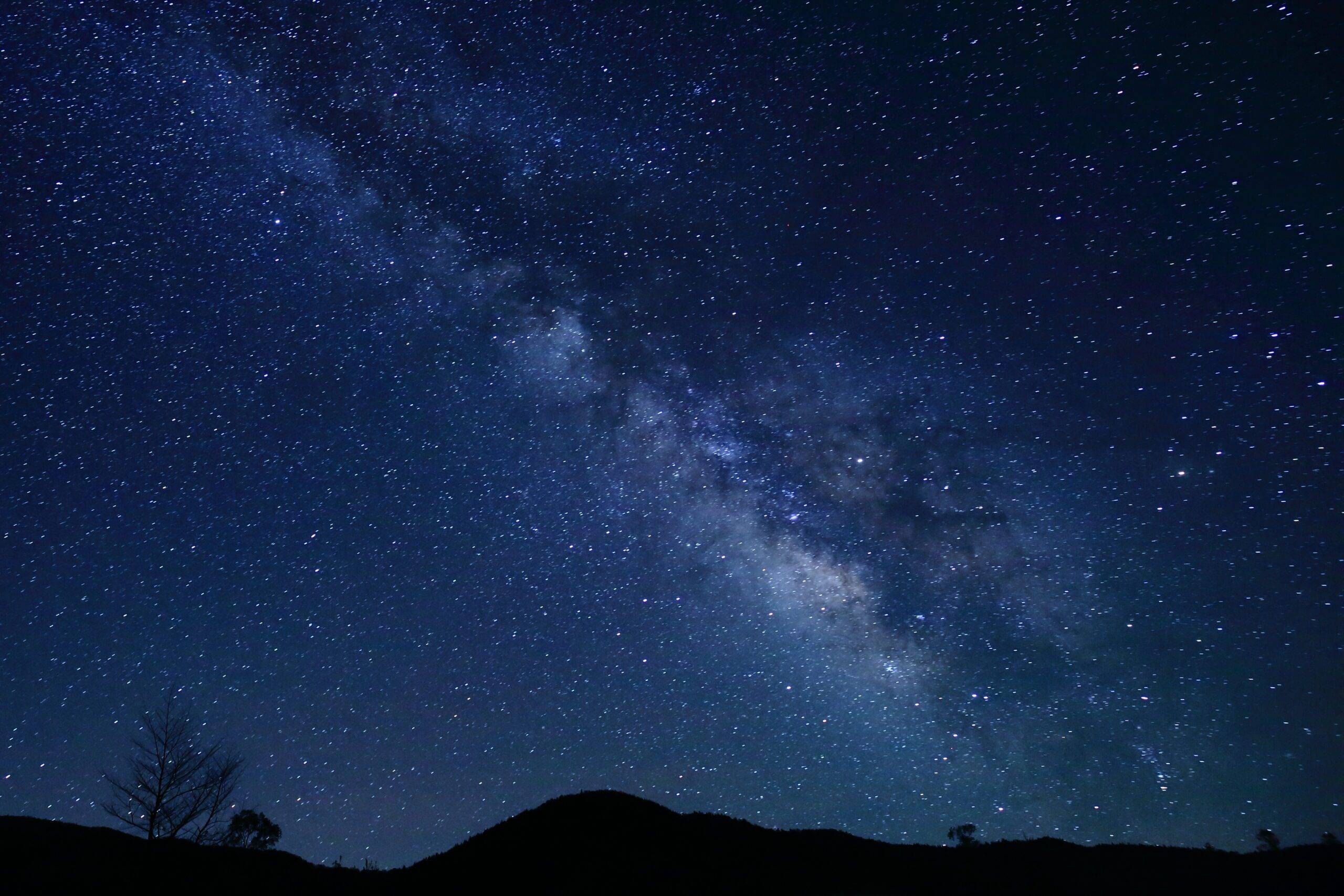
On a clear summer night, far from the glare of cities, the sky unfolds into a breathtaking view. Meteors streak across the darkness, planets align on the horizon, and the Milky Way casts its quiet glow overhead. These celestial events are not just astronomical wonders; they are part of the natural scenic beauty that has inspired people for decades. Yet today, these celestial wonders are vanishing.
Light pollution, driven by artificial lighting from buildings, digital signage, and more, are obscuring our views of the stars and decreasing the visual character of our environment. As we are currently in a season filled with cosmic events, it is the perfect moment to reflect on what we stand to lose if we do not protect our dark skies. Preserving our nightscape is not only about science or stargazing; it is also about honoring the scenic and cultural heritage that connects us to the natural world. This article celebrates the wonders of our summer skies while calling attention to the urgent need to protect one of our most overlooked and endangered landscapes: the night itself.
Every summer, the night sky puts on many brilliant shows best viewed under naturally dark skies. The Perseid meteor shower will be active this year from July 17th to August 24, peaking on the night of August 12 into the following morning. This seasonal favorite event is known for its bright, fast-moving streaks that can produce 100 meteors per hour under ideal conditions. Viewers in the Northern Hemisphere can expect to see it best.
From July 18th through August the Delta Aquariids meteor shower occurs and is just as mesmerizing, especially in areas free from artificial lights. Beyond meteors, this summer also brings captivating planetary alignments, with Venus, Jupiter, Mars, and Saturn. The planets may even cluster close enough together that they can be seen at a single glance. Many supermoons, moons that appear larger and brighter, are also making an appearance this season. These events are more than astronomical curiosities; they are part of the scenic richness of our environment. They are visible reminders of a world beyond the horizon that becomes invisible when we let the artificial light drown out the night.
Despite the timeless beauty of the night sky, many people today have never been able to see it in its full glory. Light pollution, which is caused by excessive and often times unnecessary artificial lighting, has become one of the fastest-growing forms of environmental pollution. Light pollution takes form in several ways. One is skyglow, the brightening of the night sky over heavily populated areas. Another example is glare, excessive brightness that impairs visibility. These intrusions have made it increasingly difficult to see the night sky, especially in urban and suburban areas. For these areas many celestial events, like meteor showers, are no longer visible at all. Stars are no longer seen in the sky even on the clearest nights.
The good news is that light pollution is one of the most reversible environmental problems, if we act with intention. Across the country, many communities are adopting dark sky-friendly lighting that directs lights downward, reduces glare, and uses warmer color temperatures to minimize disruption to wildlife and night visibility. Some local governments have implemented lighting ordinances that prioritize safety without sacrificing the night sky. Even in places where light pollution remains an unconfronted problem, change could start in your home. Replacing overly bright lights, using motion sensors and timers, and talking with your friends and family about more thoughtful lighting can make a meaningful difference.
Scenic America is dedicated to preserving the visual character of our communities and landscapes, and that commitment extends beyond what we see during the day. This night sky is one of the most profound scenic resources we share, offering not only beauty but a sense of place that is deeply tied to our national identity. Protecting dark skies aligns directly with Scenic America’s mission to protect our visual environments across the country. In rural communities especially, natural nightscapes are a vital part of local identity and economic life, supporting stargazing tourism, enhancing public lands, and contributing to overall quality of life.
A sky full of stars is not just a backdrop; it is part of the landscape itself. The stars still shine, but it is up to us to ensure they remain visible for future generations. Whether you live in a city, suburb, or rural community, you can play a role in protecting our night skies. By acting now, we can restore the wonder of the night and ensure that everyone everywhere can look up and experience the full brilliance of a starlight sky. Join Scenic America today to help save our skies